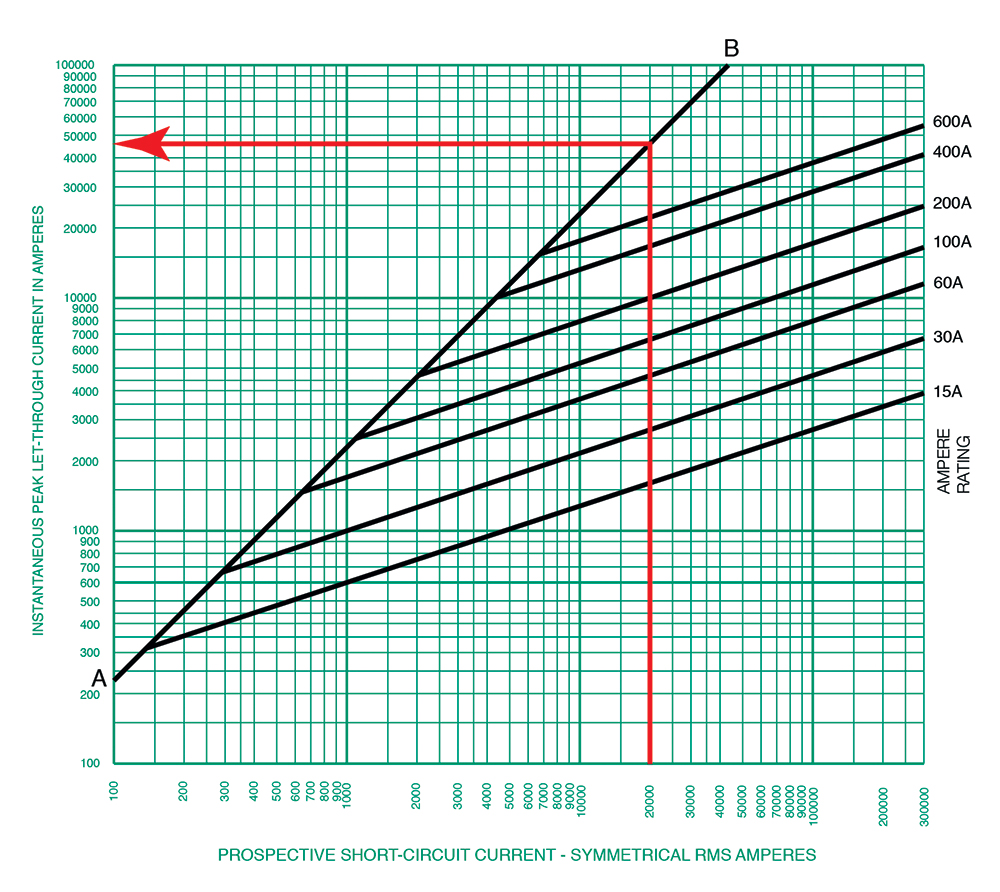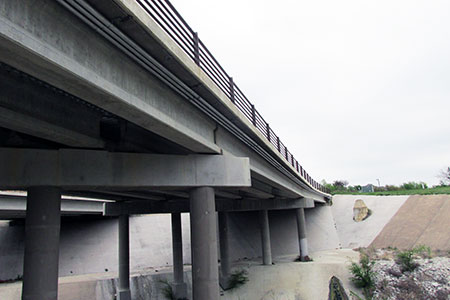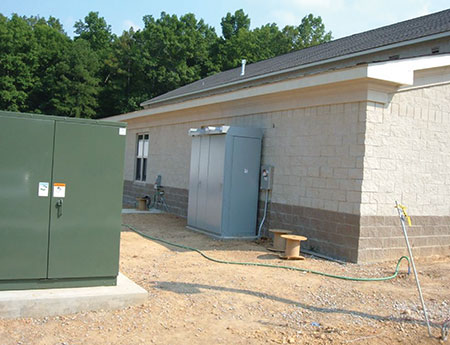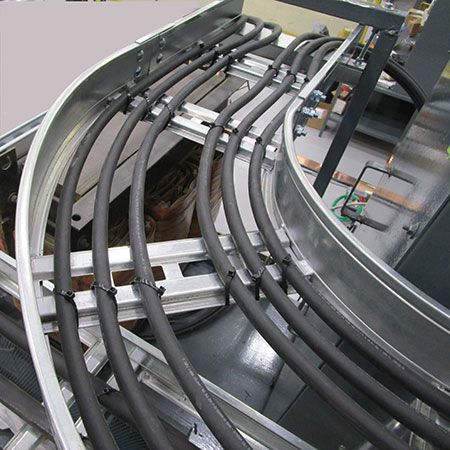The first step to understanding current limitation is to understand what the current waveform looks like during a short-circuit event. To understand the peak current let-through; up and over on the curve.
Voltage drop is only mentioned in some sections of the NEC as informational notes, and is required to be calculated in other sections of the Code.
The following is a real-life example of a church supplied from a 208Y/120 VAC, 300 KVA, 3-phase pad mount utility transformer.
The National Electrical Code (NEC) contains sufficient rules and requirements that apply to box fill calculation requirements.
The intent of 110.16 in the NEC is to help ensure electrical workers wear proper PPE where justified energized work must be performed.
In June 2016, CE Code Technical Committee voted on and agreed to the following definition changes in Section 0.
When considering the arc flash hazard there are two questions we need to ask (the same two questions for any hazard): What is the likelihood it will happen? and How severe will the impact be?
The basic process to select the right overcurrent protective device (OCPD) for this discussion of 80% rated versus 100% rated, begins with a calculation of the load, includes a journey through conductor selection based on the calculated load current, and ends with the right OCPD to protect the conductor.
Requirements for audibility of a fire alarm system (FAS) are governed by Article 3.2.4.19. of the National Building Code of Canada (NBCC). So, why is this subject being discussed in a purely electrical publication?
The transformer is one of the most basic of electrical equipment found in a power distribution system, and just when you thought that a hunk of iron wound with wire couldn’t possibly be transformed, the industry does something that blows your mind.








